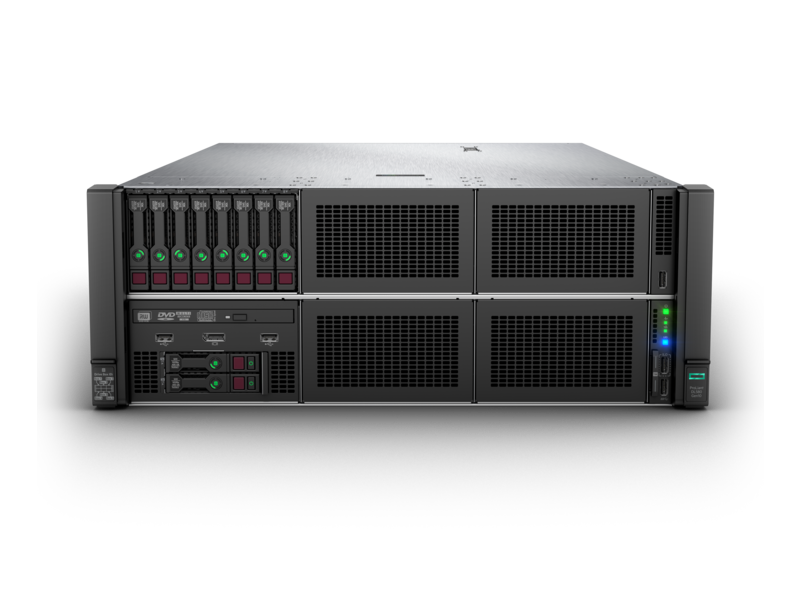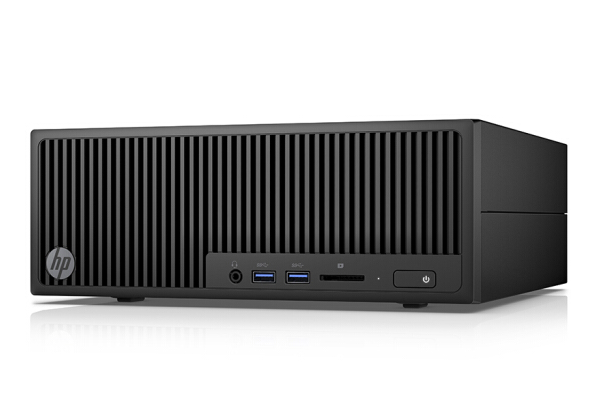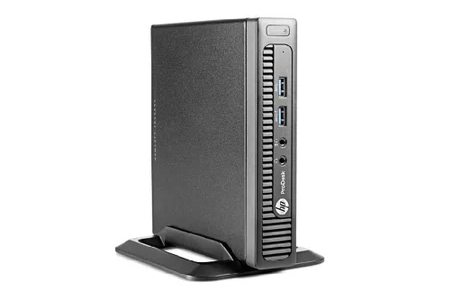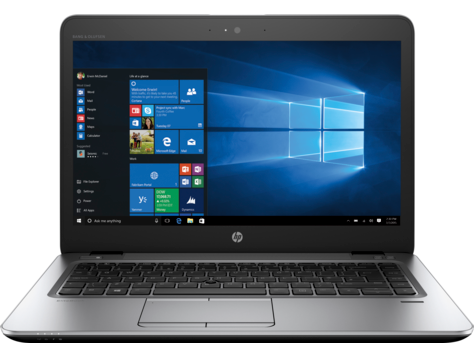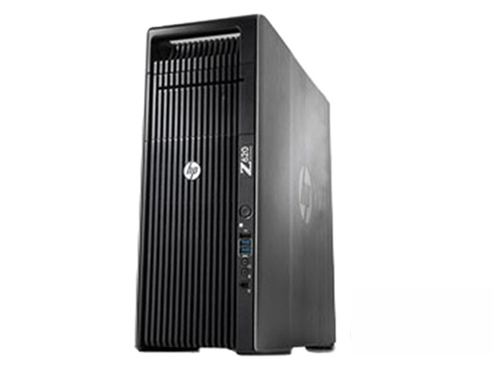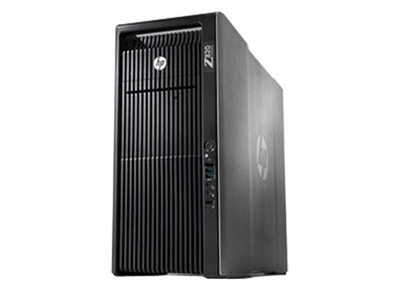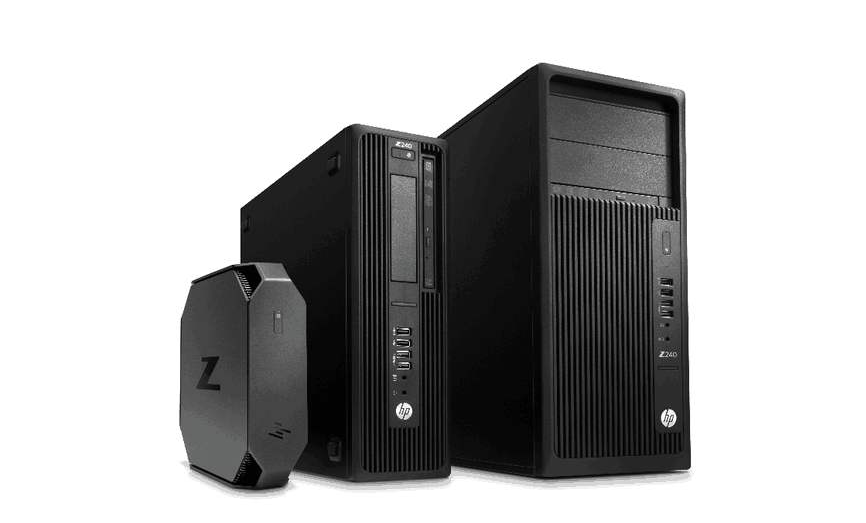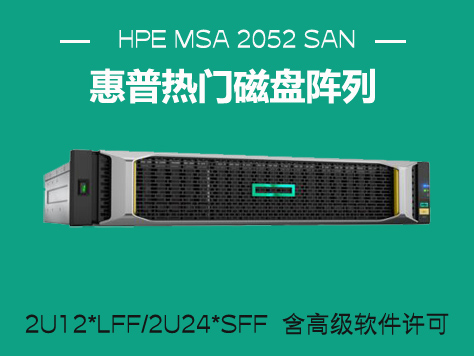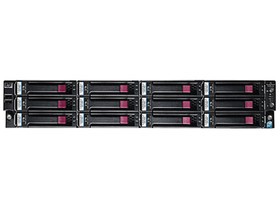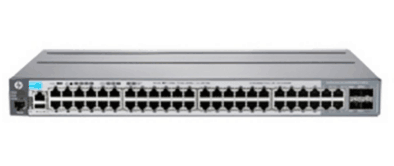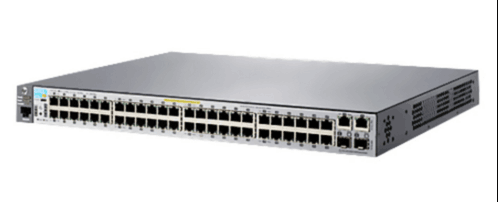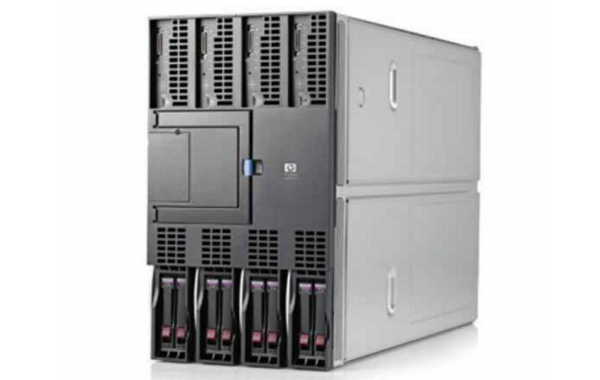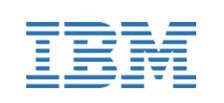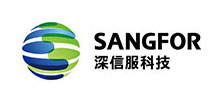
Server virtualization pools the computing resources of the server, so that the computing resources on a single server that can only be used by a single application can now be shared by multiple applications, which greatly improves server computing.

The issue of network security is no longer a purely technical issue. A complete network security system must reasonably coordinate the three factors of law, technology and management, and integrate the three technologies of protection, monitoring and recovery.

One of the most important features of Depp Lianhua's desktop cloud products is "one-stop", which provides customers with server virtualization software (VMS), desktop cloud virtualization (VDC)

Demand Analysis Behind the seemingly normal online behavior, there are many invisible risks. Internet management requires a visible and controllable Internet to bring great convenience to the business, if there is a lack of effective management.

Through virtualization technology, computing, storage, network and network functions (security and optimization) are deeply integrated into standard X86 servers to form standardized hyper-converged units.


-
 Virtualized containers make server consolidation comeback
Virtualized containers make server consolidation comebackIt is very important to review and analyze the development p...
2022.07.14 -
 Water and fire are ruthless, data is priceless, and remote disaster recovery backup is just in time
Water and fire are ruthless, data is priceless, and remote disaster recovery backup is just in time1. Water and fire are ruthlessHuman's demand for water i...
2022.07.14 -
 Server virtualization requires attention to backup and disaster recovery
Server virtualization requires attention to backup and disaster recoveryWith the right tools, SMBs can enjoy the same benefits that ...
2022.07.14









